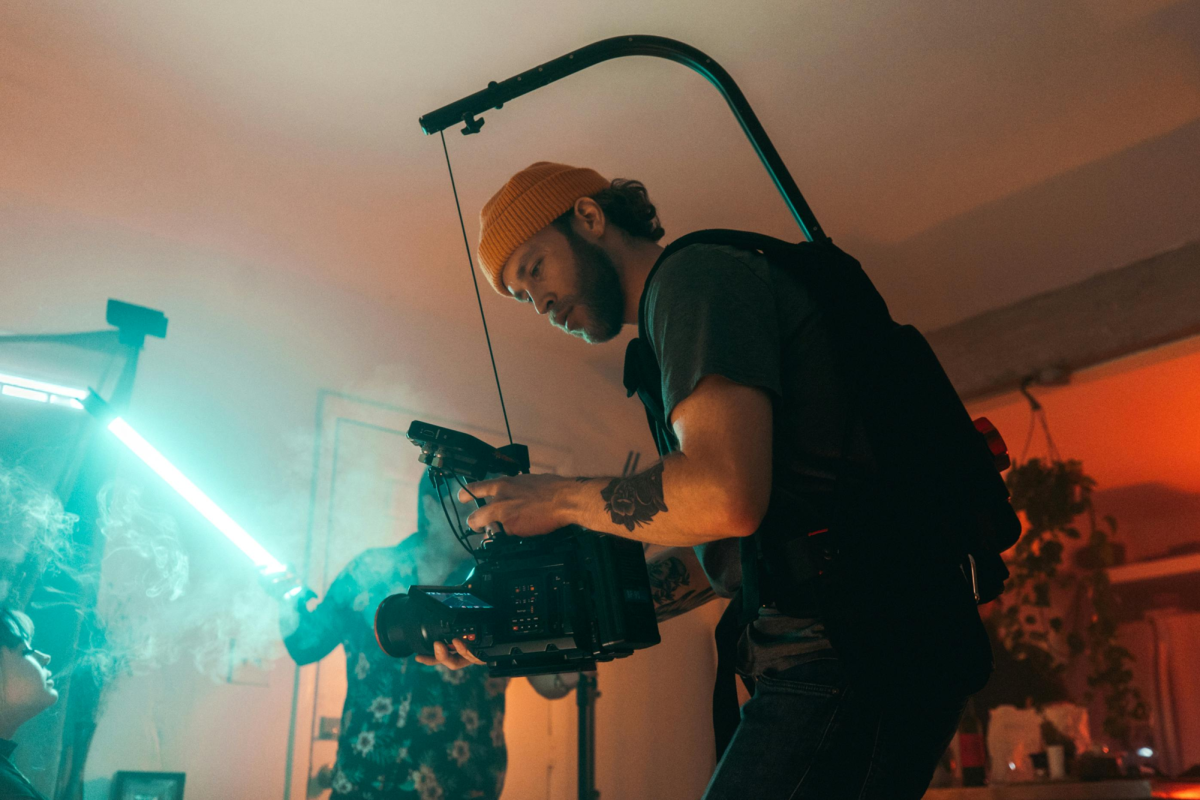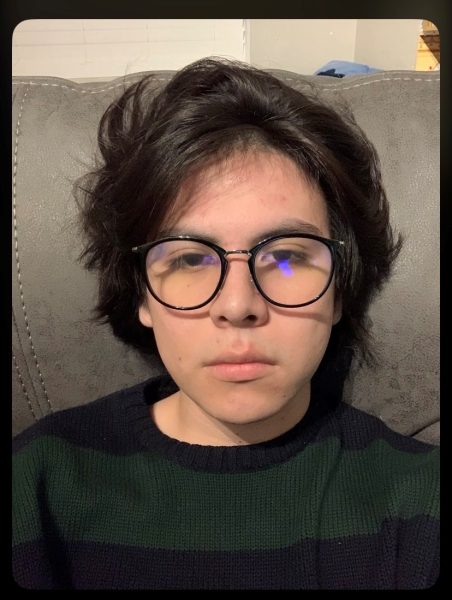Social media’s influence on how we consume and discuss movies has permanently transformed the landscape of film discourse, both online and in person. Apps like TikTok and Instagram have allowed anyone to share their nuanced takes with thousands of like-minded viewers over the internet.
These platforms, typically dominated by user-generated content, have evolved into spaces where users showcase their appreciation for artistry in various forms, such as music or film. A once-unsung aspect of motion pictures—cinematography—has gained newfound attention, particularly among Gen Z. This shift is representative of Gen Z’s prioritization of aesthetics in their media consumption and how they use these platforms to express a love for visually appealing moments.
One of the most popular formats includes edits titled “The Beauty of [Movie Name],” paired with an awe-inspiring score. These videos will then highlight iconic shots from the acclaimed films, some of the most popular ones being compilations of movies such as “Interstellar”, “Blade Runner 2049”, “Dune: Part Two”, and “The Batman”.
The latter has been particularly influential, with Greig Fraser’s cinematography showcasing a dark and gritty Gotham City. This artistry, combined with Robert Pattinson’s portrayal of a reclusive Bruce Wayne, has inspired a new wave of appreciation for cinematography among young audiences.
For a generation as captivated by aesthetics as Gen Z, this trend blends this generation’s knack for visual beauty with storytelling that is relatable to the audience. While older generations experienced films primarily in theaters and public spaces in general, Gen Z’s established preference for streaming viewing films from home has enabled them to splice movie clips into the aforementioned visually compelling edits, oftentimes using free or cheaply priced services to do so. This almost universal access to reels and moments from a film is an example of a deeper engagement with the art form, allowing young creators to dissect their favorite moments whenever they wish to.
With TikTok’s dominance on the cultural zeitgeist at the moment, studios are increasingly tailoring trailers and promotional clips to fit social media platforms that host short-form content. Recent standout marketing efforts for films like “Barbie” and “Oppenheimer” leaned heavily into TikTok aesthetics and trends such as the popular “Barbenheimer” meme that propelled the films marketing more than the studios could have done themselves.
Along with that, by using short, visually compelling clips to drive engagement among younger audiences, Warner Brothers and Universal Pictures have reaped the benefits of their tactics as both films made a combined more than $2 billion at the worldwide box office in 2023.
Similarly, Focus Features’ campaign for 2024’s “Nosferatu” exemplified this strategy to a tee. By combining hauntingly beautiful frames and stills of the film with the eerie yet captivating score with Lily-Rose-Depp’s hauntingly passionate performance, the studio mirrored TikTok’s popular “The Beauty of” style and used it as a marketing tool. Campaigns like this highlight how studios are adapting to younger audiences’ preferences for visual storytelling and the shareability that comes with, thus creating a feedback loop of engagement that studios can bank on for films to come.
Platforms like TikTok also empower these creators to showcase their cinematic skills without professional equipment. Viral content that emphasizes a film’s lighting, composition, and visual storytelling hints to a bright future of the film industry, one carried by the young creatives of today. This democratization of filmmaking offers an exciting glimpse into a future shaped by creators who love and value visual storytelling.
Beyond enjoyment from the individual, platforms such as TikTok and Instagram Reels have resparked broader cultural discussions about cinematographer’s role in storytelling. Looking at any comment sections of the videos mentioned, you’ll find young people dissecting how specific shots evoke emotions in them and how the film relates to them, fostering a deeper appreciation for the intricacies of filmmaking. Not bad for a generation stereotypically touted as easily distracted.
These conversations and comments highlight why Gen Z’s engagement with aesthetics is reshaping cinematic appreciation. The focus on visual storytelling allows young creators and fans to connect over a shared passion for the rather unsung elements of the cinematic experience.
This trend of showcasing appreciation for the visual beauty of film is also acting as a bridge to different generations of cinephiles who themselves foster a deep love for film appreciation. Older movie-heads often engage with younger audiences, creating a shared dialogue about cinematography’s artistic significance and as to what it meant then and what it means now.
This cross-generational exchange enriches the discourse surrounding film, highlighting how aesthetics can unite rather than divide.
As TikTok and Instagram continue reshaping how audiences engage with movies, and they will, the prioritization of aesthetics reflects a broader cultural shift toward valuing uniqueness, individuality and artistic expression across all media. Social media’s unique ability to amplify one’s singularity to other people goes hand in hand with Gen Z’s newfound love for visually striking moments, a love that will surely redefine how films are consumed and discussed for many years to come. By tailoring marketing campaigns to align with these aesthetic values, studios are meeting the demands of a generation that craves visually pleasing ambitious content.
These trends pose intriguing questions for the future: Will short-form platforms drive demand for more visually ambitious films? And how will this prioritization of aesthetics influence the broader cinematic landscape?



